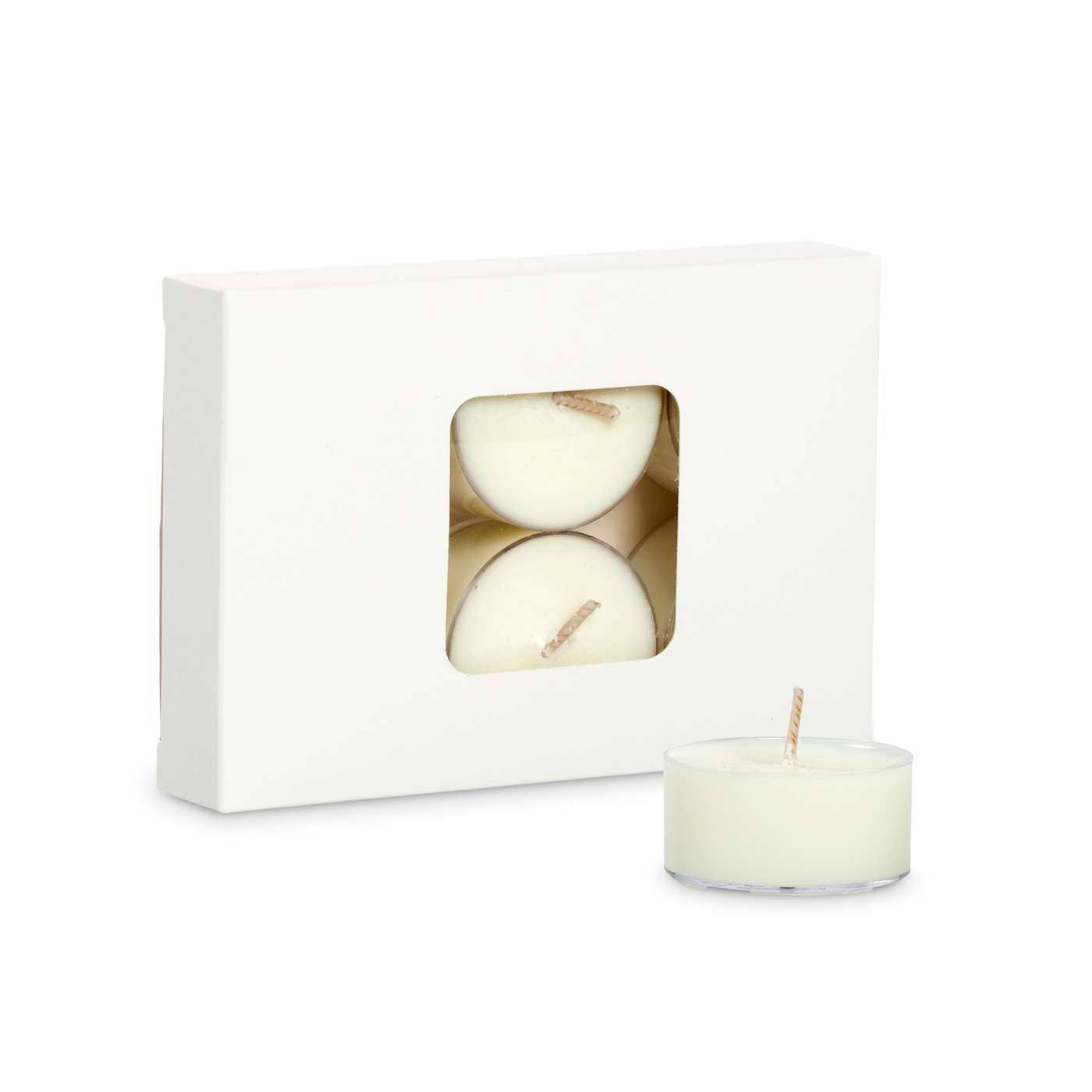Brighten Your Atmosphere with Crystal Soy Candles and Home Fragrance
Brighten Your Atmosphere with Crystal Soy Candles and Home Fragrance
Blog Article
From Wick to Wax: Comprehending the Chemistry Behind Soy Wax Candles and Their Environmental Effect
As we illuminate our spaces with the cozy glow of candles, there lies a realm of elaborate chemistry behind the seemingly straightforward act of lighting a soy wax candle. The selection in between soy and paraffin wax expands past plain visual appeals, delving right into the realm of ecological influence and the very structure of the materials. Comprehending the molecular structure of soy wax and its burning procedure loses light on the discharges released into our surroundings. Join us as we decipher the clinical details behind soy wax candles and explore their ramifications on our atmosphere.
Soy Wax Vs. Paraffin Wax
When contrasting soy wax and paraffin wax for candle light production, it is necessary to comprehend the distinct attributes and benefits of each product. Soy wax is an all-natural, renewable source originated from soybean oil, making it naturally degradable and eco-friendly - crystal soy candles. On the other hand, paraffin wax is a byproduct of petroleum refining, which elevates problems concerning its environmental influence and sustainability
Soy wax candles shed cleaner and release much less residue contrasted to paraffin wax candle lights, making them a much healthier option for indoor air high quality. Additionally, soy wax has a reduced melting factor, enabling a longer-lasting candle light that distributes fragrance better. Paraffin wax, on the other hand, has a tendency to shed faster and much less easily, potentially releasing damaging chemicals into the air.
From a sustainability viewpoint, soy wax is favored for its biodegradability and sustainable sourcing, straightening with the growing customer preference for environmentally mindful items. While paraffin wax has been a standard option in candle making because of its price and simplicity of use, the shift towards environmentally friendly options like soy wax is acquiring momentum in the market.
Chemical Structure of Soy Wax

Combustion Process in Soy Candles
The chemical make-up of soy wax straight influences the combustion process in soy candle lights, impacting factors such as burn time, scent launch, and environmental impact. When a soy candle light is lit, the heat from the flame melts the wax near the wick.
The combustion efficiency of soy candle lights is affected by the purity of the soy wax and the top quality of the wick. Additionally, soy wax candles have a reduced environmental effect compared to paraffin candles due to their naturally degradable and renewable nature.

Ecological Benefits of Soy Wax

Taken into consideration a sustainable option to conventional paraffin wax, soy wax offers noteworthy environmental benefits that make it a popular selection amongst eco-conscious consumers. One substantial advantage of soy wax is its renewable sourcing. Soy wax is obtained from soybean oil, which is primarily cultivated in the USA. The growing of soybeans assists sustain regional farmers and lowers the dependency on non-renewable fossil gas used Find Out More in paraffin wax manufacturing. Additionally, soy wax is eco-friendly, meaning it damages down naturally without launching harmful toxic substances right into the setting. This particular makes soy wax candle lights an extra eco-friendly alternative contrasted to paraffin wax candle lights, which are made from oil, a non-renewable resource. Soy wax burns cleaner and generates less residue than paraffin wax, contributing to much better interior air quality and minimizing the demand for cleansing and maintenance. Generally, the environmental benefits of soy wax straighten with the expanding demand for sustainable and environment-friendly items on the market.
Recycling and Disposal Factors To Consider
Reusing and appropriate disposal of soy wax candle lights play an essential function in keeping ecological sustainability and reducing waste in neighborhoods and families. When it pertains to reusing soy wax candles, the very first step is to guarantee that the candle has actually melted entirely. This can be achieved by allowing the candle light to burn up until the wick is no more useful, and after that allowing the staying wax cool and solidify. When the visit our website wax has actually solidified, it can be thoroughly removed from the container.

In regards to disposal, if recycling is not an alternative, soy wax candles are eco-friendly and can be securely disposed of in a lot of house waste systems. Nevertheless, it is constantly recommended to get in touch with regional reusing centers or waste monitoring solutions for specific guidelines on candle disposal to make certain proper handling and environmental defense.
Verdict
In verdict, the chemistry behind soy wax candle lights exposes their environmental advantages over paraffin wax candle lights. Soy wax, obtained from soybean oil, burns cleaner and generates less soot when contrasted to paraffin wax.
When comparing soy wax and paraffin wax for candle making, it is crucial to comprehend the unique qualities and benefits of each material (crystal soy candles).Soy wax candles melt cleaner and try this out release less soot contrasted to paraffin wax candles, making them a much healthier choice for indoor air quality.Thought about a lasting choice to conventional paraffin wax, soy wax supplies remarkable environmental advantages that make it a popular choice among eco-conscious consumers. Soy wax burns cleaner and generates much less soot than paraffin wax, adding to much better interior air quality and reducing the demand for cleaning and maintenance.In conclusion, the chemistry behind soy wax candle lights reveals their environmental benefits over paraffin wax candles
Report this page